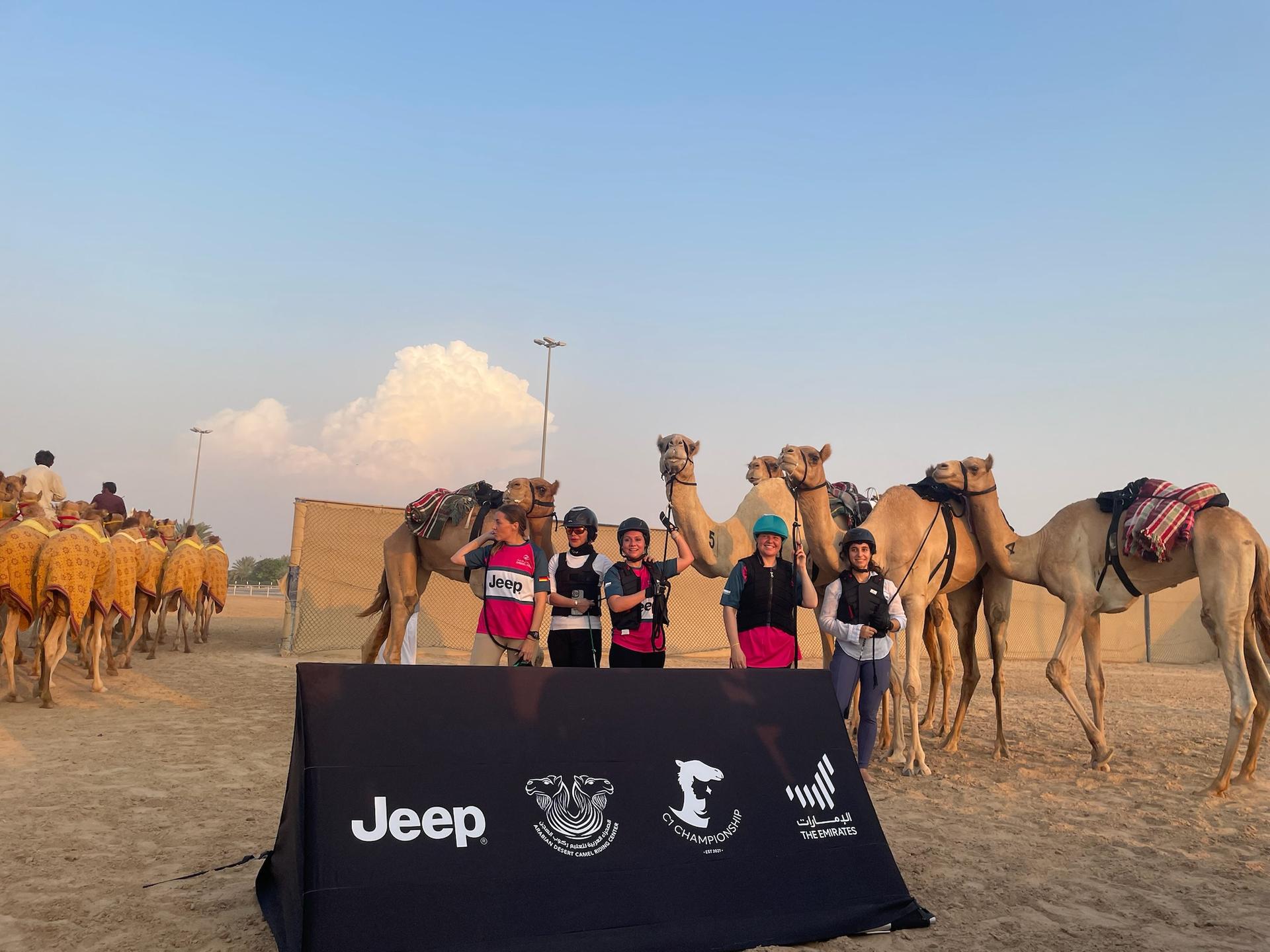It was a scorching hot day at the Al Marmoom Camel Racing Track located just outside of Dubai in the United Arab Emirates. Dozens of people gathered outside the main arena; some huddled in the shade under a handful of trees, chatting and laughing, while others were taking selfies with the camels in the parking lot.
On a typical morning, these arenas are packed with hundreds of enthusiastic fans placing bets on the early-morning camel races (early morning because temperatures are often in the triple digits by 10 a.m.). For those races, the cash prices can run into the hundreds of thousands of US dollars.
Camel racing is an ancient sport — its roots stretch back to at least the 7th century on the Arabian Peninsula. But the races at Al Marmoom are a modernized version. Instead of riders, small robots sit atop the camels’ humps and control them with reins. The robots are controlled remotely by men who speed alongside the racetrack in cars, directing their camels. But the people gathered on this hot afternoon had come for something different but also far more traditional: The season’s first women’s race.
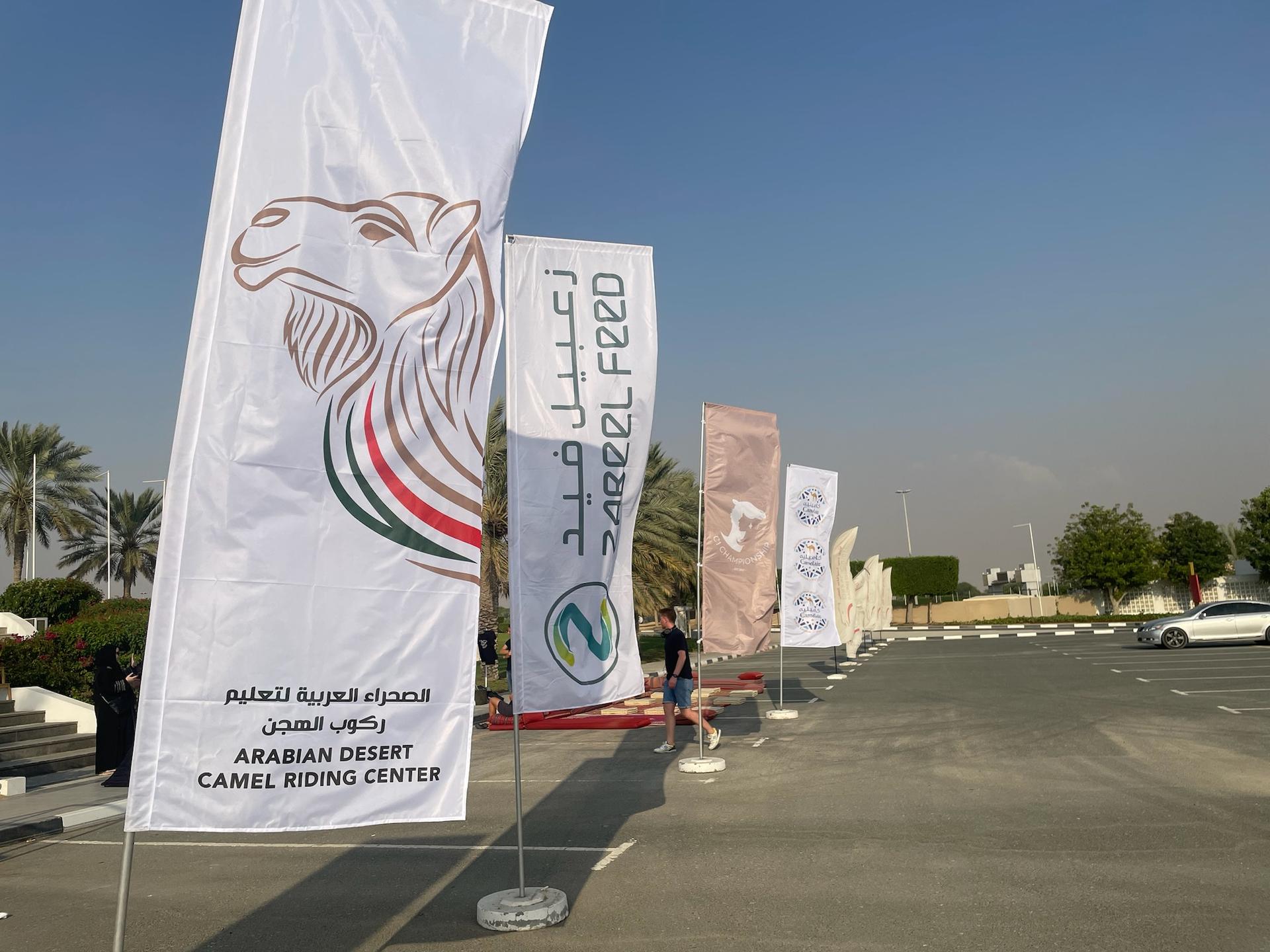
Though the crowd was undoubtedly smaller than the hundreds who regularly show up for the men’s races, the women’s team — a part of the Arabian Desert Camel Riding Center — has started to get real traction in the last few years. News outlets covered the race, and Jeep sponsored the event, along with a handful of local businesses, including Camelait, a company that sells camel milk.
“It’s high in calcium,” the emcee informed the crowd. “We have some around, so please do try that.”
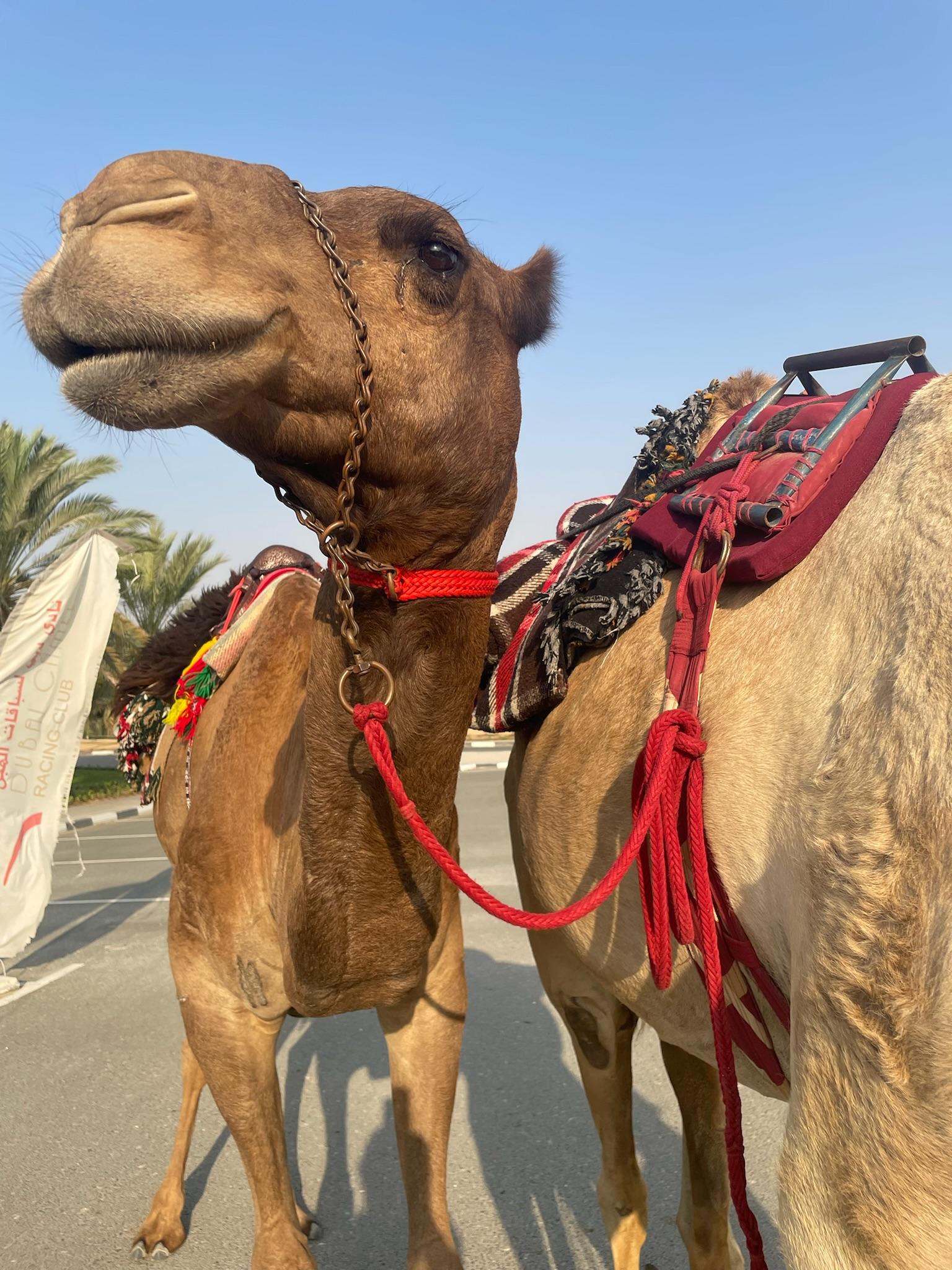
Meanwhile, the four women riders led their camels to the racetrack. One of the racers, 31-year-old Linda Krockenberger, is the reason behind the rise of women’s racing — she founded the women’s camel racing team.
Krockenberger came to Dubai in 2015 to work in the hospitality industry. She had raced horses back in Germany and decided to try her hand at camel riding. She was instantly hooked and was determined to learn how to race camels. The only problem was she couldn’t find anyone to train her.
For years, she was told the sport was not for women. Some even suggested that if she wanted to train, she should ride only at night “or maybe dressed as a boy,” she recalled laughingly.
But Krockenberger kept trying until she found a willing trainer, Obaid Al Falasi, a highly respected community member.
As soon as she felt comfortable with her skills, Krockenberger and Al Falasi decided to open a school.
“I felt that it hadn’t been necessarily accessible to many others,” she said. “This was a little bit [of] a doorway for that.”
Before she knew it, local and tourist women were flocking to her for lessons.
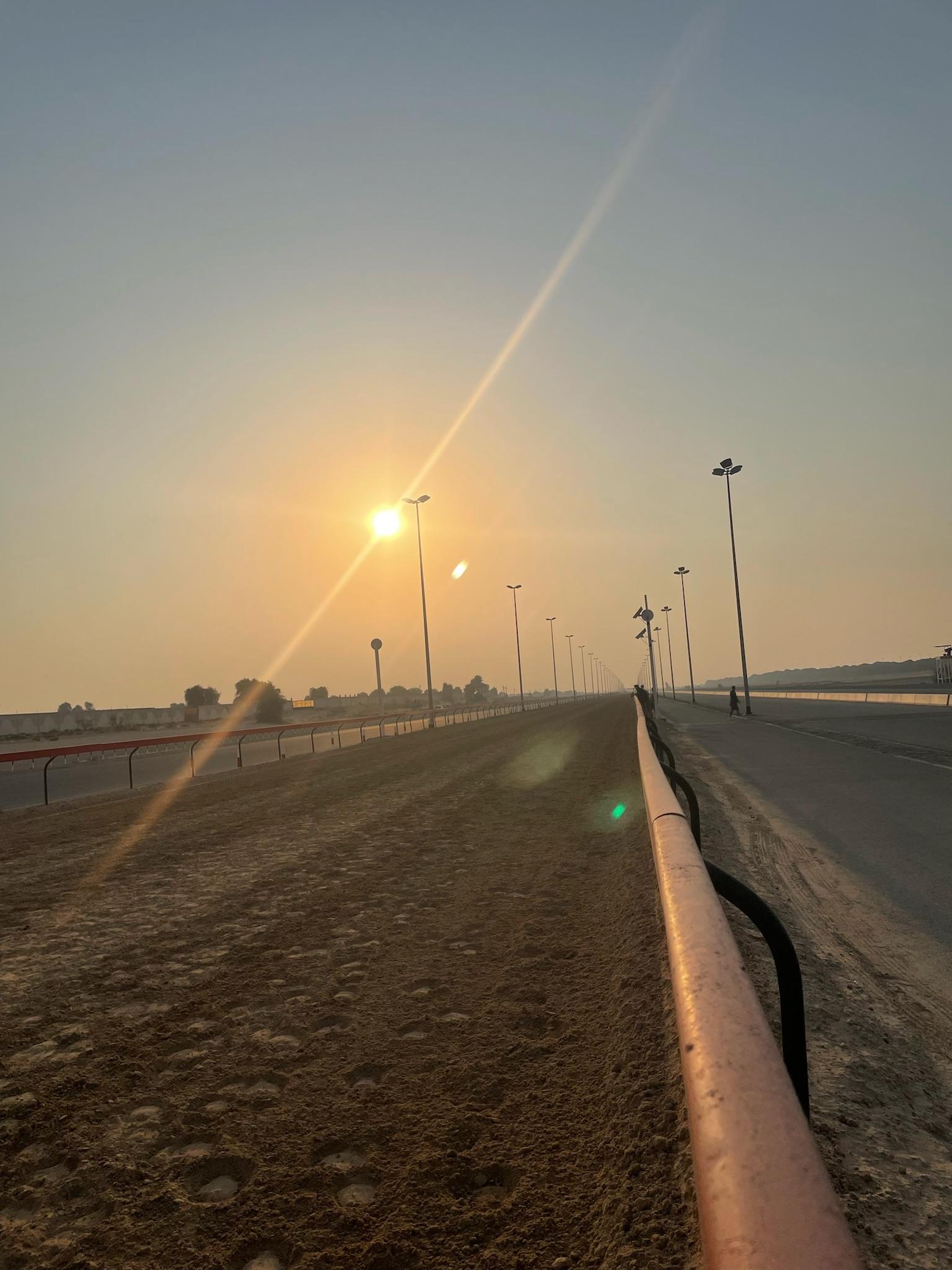
Krockenberger emphasized the support she has gotten from the camel-riding community. The UAE has officially licensed her school, and a new club branch has just opened in Saudi Arabia.
Still, Krockenberger added, there have been many skeptics.
“Critics sometimes say, ‘Oh, do we really need a German to teach us an Arabic tradition?’ Of course, these comments do get to me because I don’t want to impose myself on the culture,” she said. “But I try to calm these thoughts by saying, ‘Well if you’re such a great teacher, there’s nothing that stops you from teaching as well.’”
Krockenberger’s riding school emphasizes the Bedouin camel riding tradition. The racers ride barefoot and don’t use saddles, just Bedouin blankets.
“Barefoot, it’s more freeing,” racer Rawan Salah explained. “You feel everything. You can feel the belly of the camel. You can feel if they’re nervous. Everything.”
“The Bedouin didn’t have shoes, so we don’t have shoes,” racer Yanna Schmiel added. “We go all traditional.”
Unlike the remote-controlled men’s races, the women’s camel race looks similar to how races must have looked centuries ago — with slight differences.
While the racers led their camels to the start line, a group of spectators got into their nearby cars and drove up beside the camel track where the riders mounted their camels. Spectators may watch the races from their vehicles or stand at the finish line.
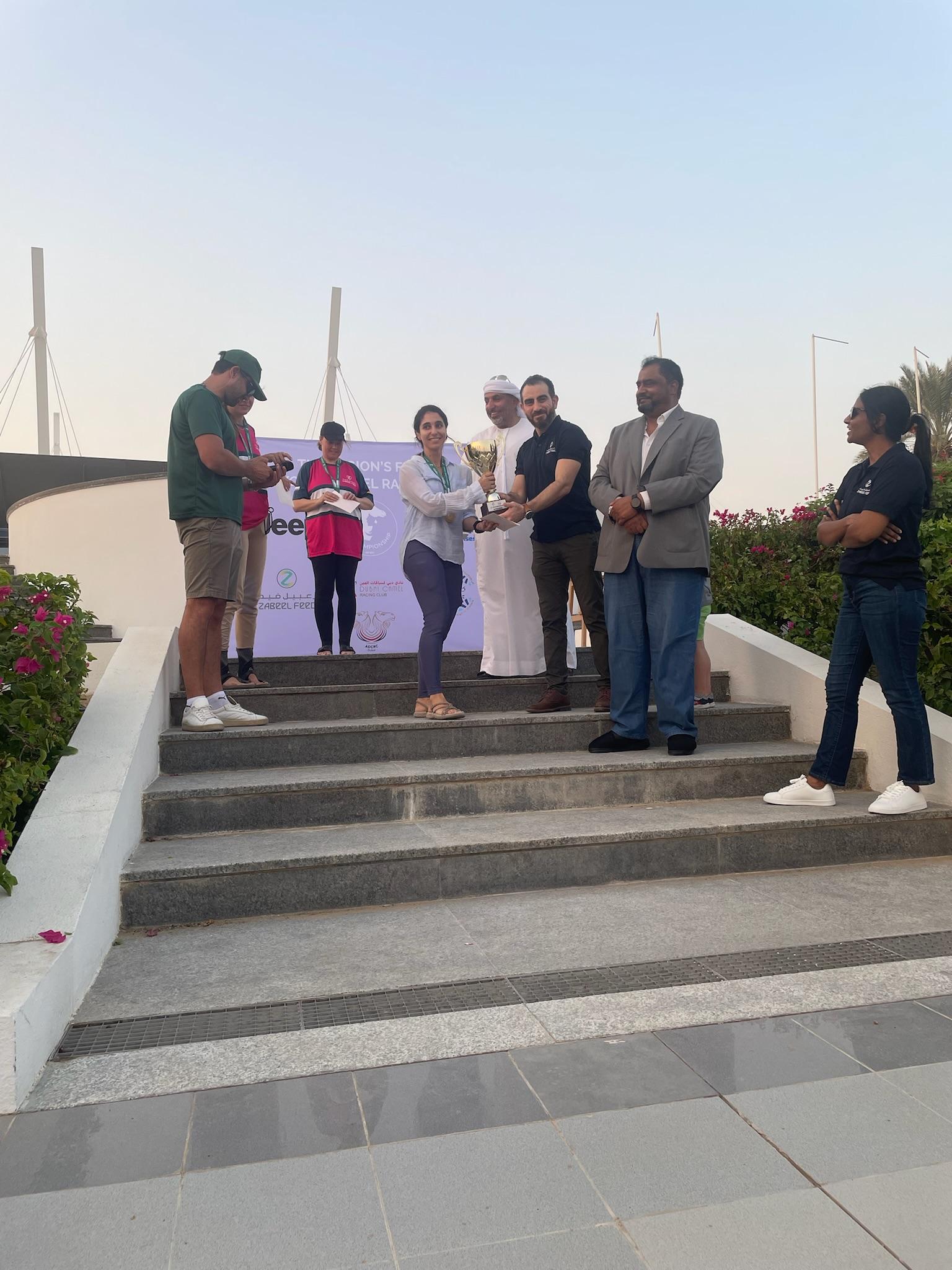
The women perched just behind the hump on their single-humped Dromedary camels, sitting on blankets. They clung to the camels with their legs, wearing riding helmets and team jerseys.
As the race began, the cars sped alongside, spectators cheering, honking and waving out their windows. Camels can run surprisingly fast — about 30 miles an hour.
A few minutes later, in a rush of yelling, horn honking and a cloud of hot sand, 27-year-old Salah and her camel Zaffron were called as the winners.
“It felt great, honestly,” Salah gushed.
She is an engineer from Jordan and has been racing camels for about a year. This was her first win. She left with a medal, a gold cup, $1,000 in cash and a supply of camel feed.
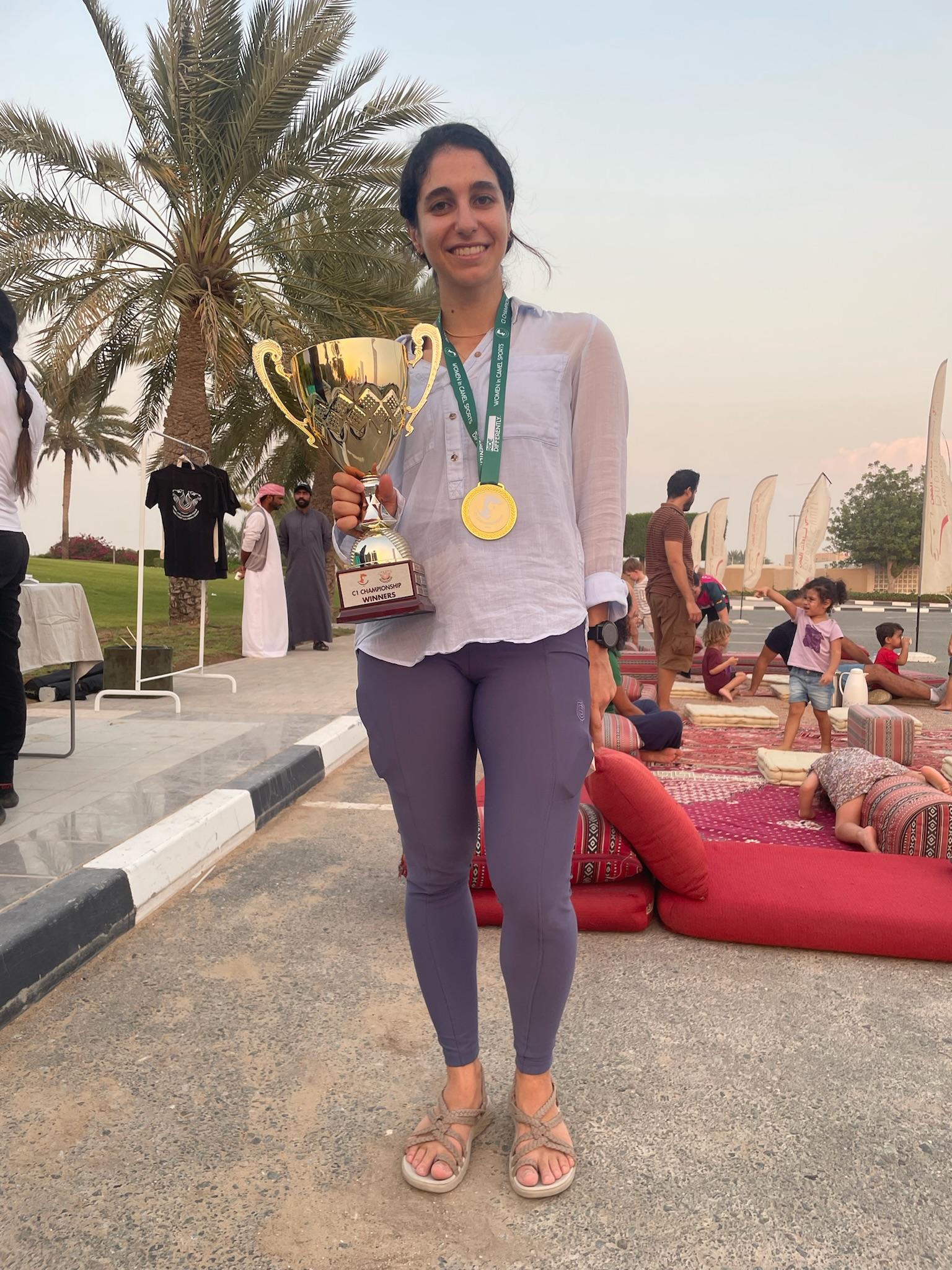
Salah said that she feels that all-women racing is a special experience.
“It feels empowering,” she said. “It encourages more women, I think.”
Women like Mazna Rachidi and Hiba Hatay, both of whom came out to see the race, and said that they now plan to try riding lessons.
“It was amazing,” Rachidi said.
“Very exciting,” Hatay added.
We want to hear your feedback so we can keep improving our website, theworld.org. Please fill out this quick survey and let us know your thoughts (your answers will be anonymous). Thanks for your time!
